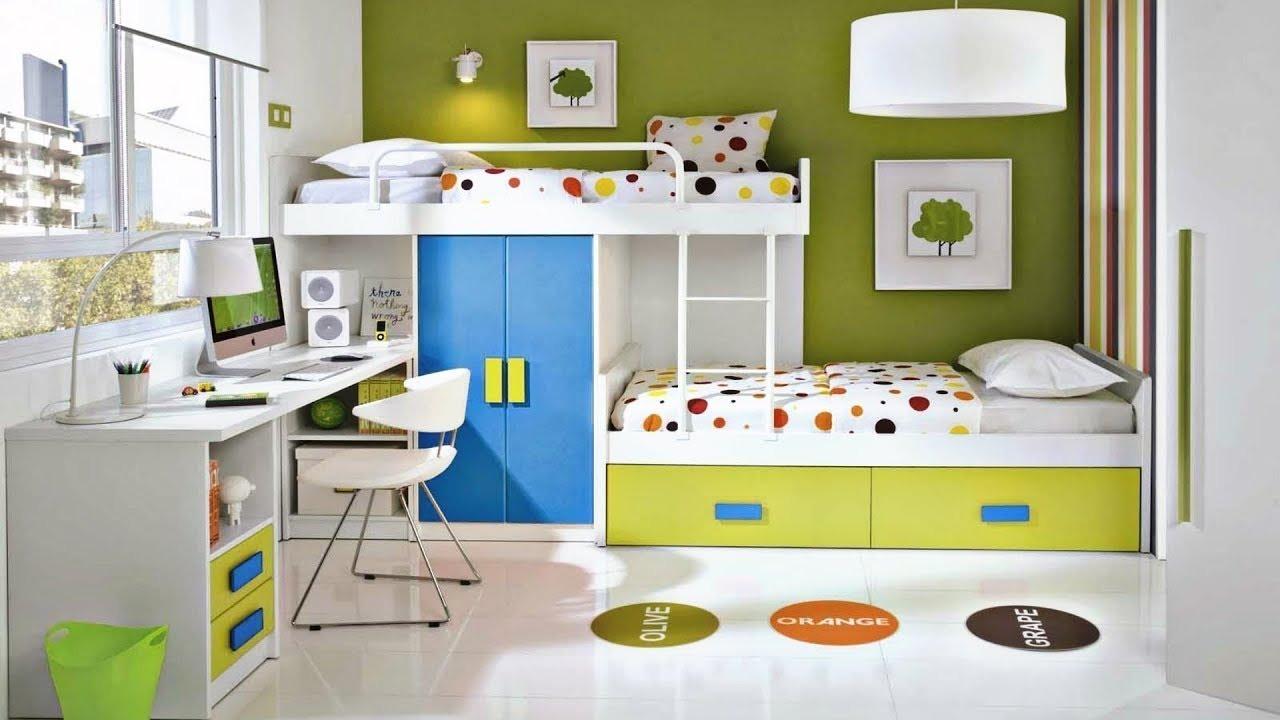Designing a child’s room is not just about picking bright colors or cute furniture. It’s about creating a space where your child feels comfortable, inspired, and safe. A well-thought-out interior design for kids blends creativity with functionality, helping them play, learn, and grow in an environment that suits their age and personality.
Why Interior Design for Kids Matters
A child’s environment plays a big role in shaping their development. Their room isn’t just a place to sleep—it’s where they dream, learn, and explore. The design of their room can influence their creativity, focus, and even emotional well-being.
Benefits of a Well-Designed Kids’ Room
-
Encourages creativity: A colorful, personalized space sparks imagination.
-
Promotes independence: Thoughtful layouts help children access things easily.
-
Improves organization: Smart storage keeps toys, books, and clothes in place.
-
Boosts comfort and safety: Child-friendly furniture reduces risks and improves relaxation.
Understanding Your Child’s Needs
Before jumping into furniture and paint colors, think about your child’s interests and daily habits. Interior design for kids should always reflect their unique personality.
Consider the Following:
-
Age: Toddlers need soft play zones, while teens may prefer study spaces.
-
Hobbies: Display art supplies, sports gear, or musical instruments.
-
Personality: Calm kids may prefer neutral tones, while energetic ones thrive in bright spaces.
Remember, your child’s room should grow with them. Choose elements that can adapt over time—modular furniture, adjustable shelving, or neutral wall colors that work with different age stages.
Color Schemes that Inspire
Color sets the mood of a room. When choosing colors for interior design for kids, balance energy with calmness.
Popular Color Ideas for Kids’ Rooms
-
Soft pastels: Great for babies and toddlers, creating a soothing vibe.
-
Bold primaries: Energize the space for school-aged children.
-
Nature-inspired tones: Greens, blues, and earthy shades help teens relax.
-
Accent walls: Add playful patterns or murals to make one area stand out.
You can also involve your child in choosing the color palette. It gives them a sense of ownership and excitement about their room.
Furniture that Grows with Your Child
Buying age-specific furniture can be costly over time. Instead, go for flexible pieces that grow with your child.
Smart Furniture Choices
-
Convertible cribs: Transform into toddler beds.
-
Adjustable desks: Adapt to different heights.
-
Modular storage units: Rearrangeable shelves that evolve with needs.
-
Multi-functional beds: Bunk beds with storage or study tables below.
Safety is also key—avoid sharp edges, ensure furniture is stable, and secure heavy pieces to walls.
Storage Solutions for Kids’ Rooms
A clutter-free room looks better and helps kids stay organized. When it comes to interior design for kids, creative storage is essential.
Practical Storage Ideas
-
Under-bed drawers: Ideal for toys or extra bedding.
-
Floating shelves: Display books and art safely.
-
Toy bins and baskets: Easy for kids to access and tidy up.
-
Labeled storage boxes: Teach organization from a young age.
A clean, organized room not only looks inviting but also teaches valuable life skills.
Lighting: Setting the Right Mood
Lighting affects how your child feels and functions. Good lighting design can transform any space.
Lighting Tips for Kids’ Rooms
-
Natural light: Keep windows open for daylight and fresh air.
-
Task lighting: Use desk lamps for study areas.
-
Soft night lights: Offer comfort and safety at bedtime.
-
Layered lighting: Combine ceiling lights, wall lamps, and accent lights.
Warm lighting tones work best for relaxation, while brighter white lights help with study and focus.
Decor and Personal Touches
Kids love seeing their personality reflected in their room. Add small details that make them feel proud of their space.
Easy Ways to Personalize the Room
-
Artwork walls: Display their drawings or family photos.
-
Themed bedding: Choose characters, colors, or hobbies they love.
-
DIY crafts: Let them create wall art or name boards.
-
Decorative rugs and cushions: Add warmth and comfort.
These details turn a simple room into a meaningful space that feels truly theirs.
Safety First in Interior Design for Kids
When designing a child’s space, safety should always come first.
Key Safety Tips
-
Avoid sharp furniture corners—use corner guards.
-
Keep electrical outlets covered.
-
Anchor heavy furniture to walls.
-
Choose non-toxic paint and materials.
-
Avoid small decorative items that pose choking hazards.
By following these steps, you create a room that’s both beautiful and safe for your child.
Eco-Friendly Design Choices
More parents are choosing sustainable materials for interior design for kids. It’s better for the planet and safer for children.
Eco-Friendly Ideas
-
Use organic cotton bedding.
-
Choose low-VOC paints to improve air quality.
-
Opt for recycled or upcycled furniture.
-
Add indoor plants for natural air purification.
These small choices make a big difference in creating a healthy, eco-conscious space.
Final Thoughts
Designing your child’s room is a wonderful opportunity to mix creativity with practicality. The best interior design for kids focuses on comfort, safety, and inspiration. Keep the layout flexible, involve your child in the process, and choose durable, eco-friendly materials.
A well-designed room will not only look great but also help your child grow, learn, and express themselves freely.



